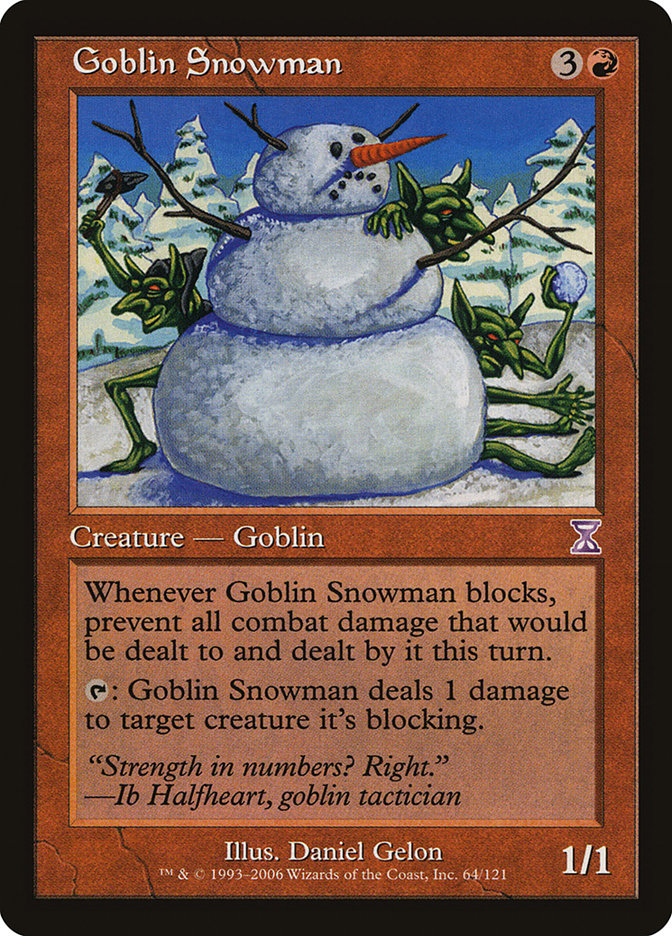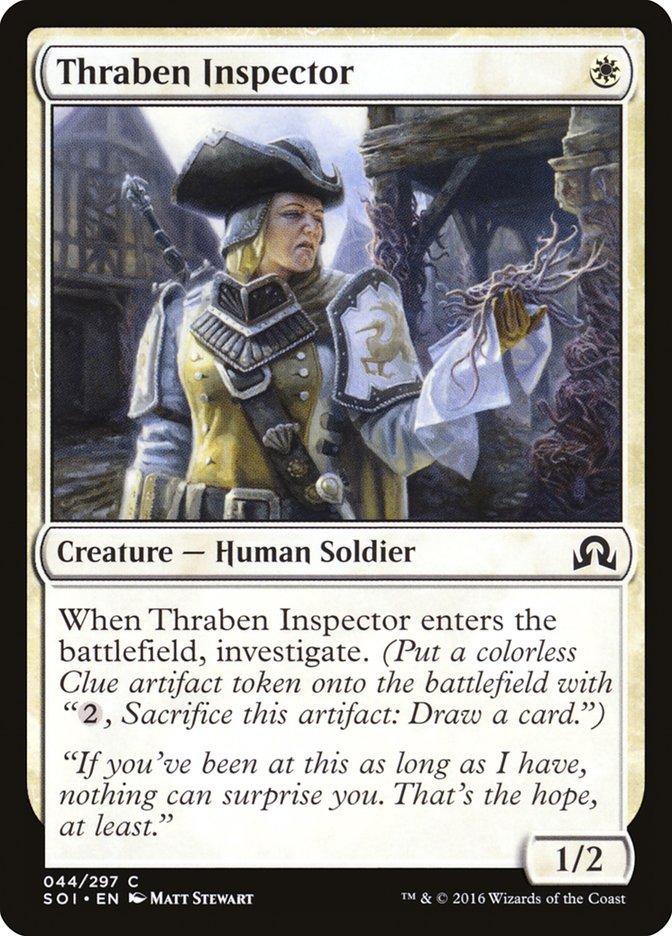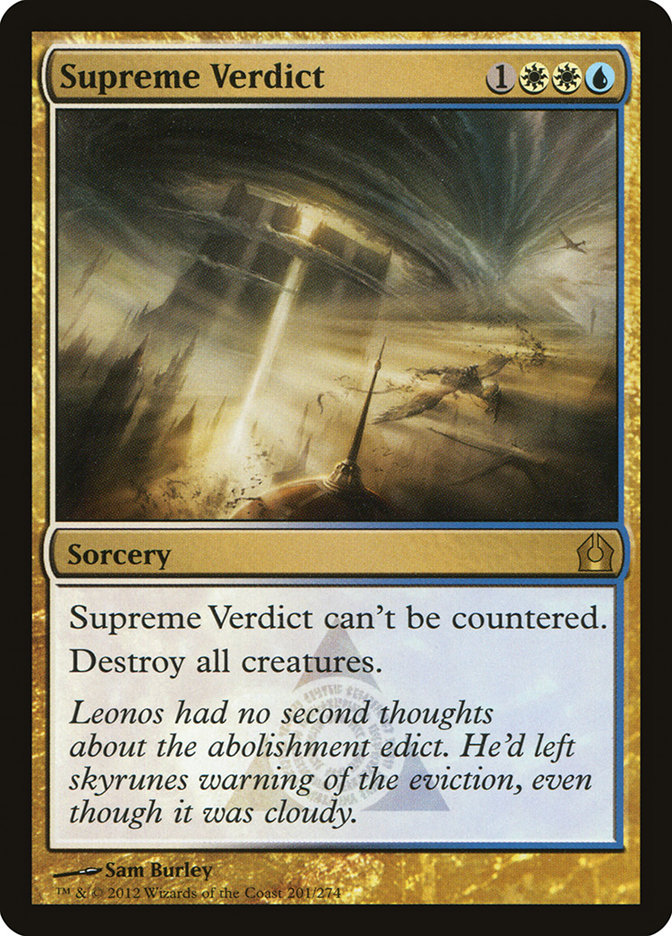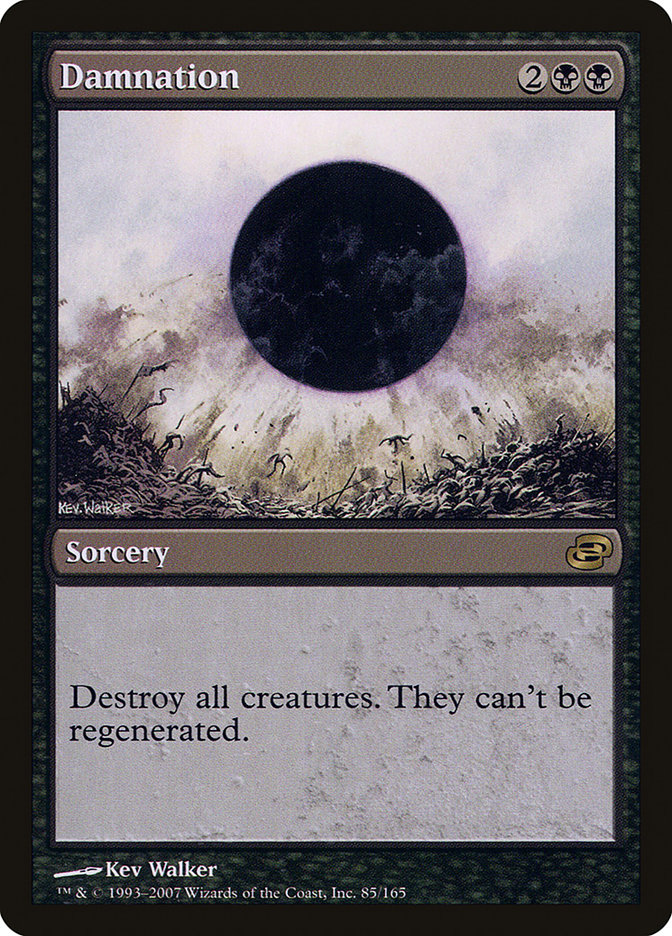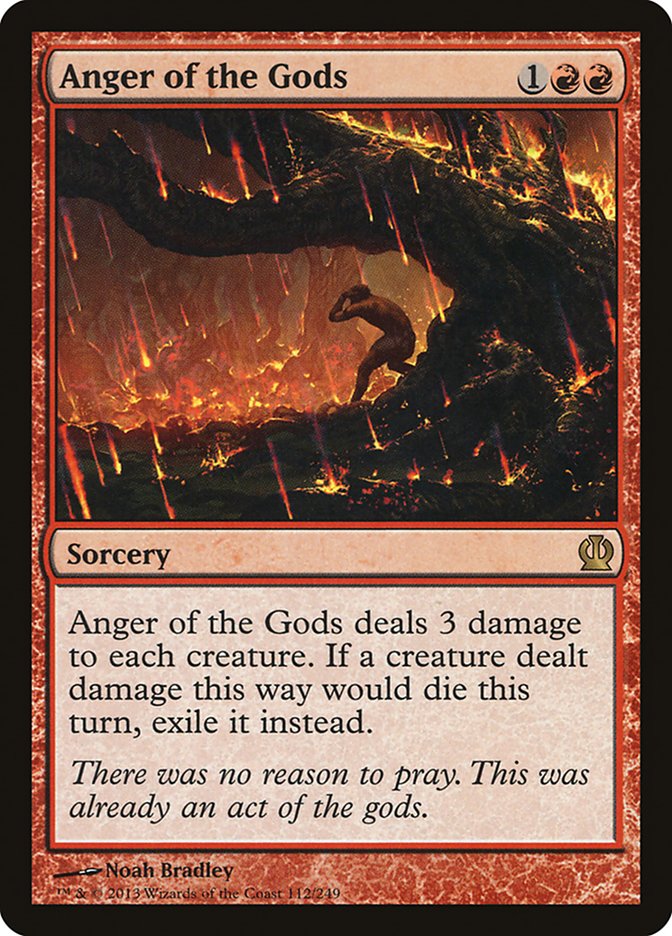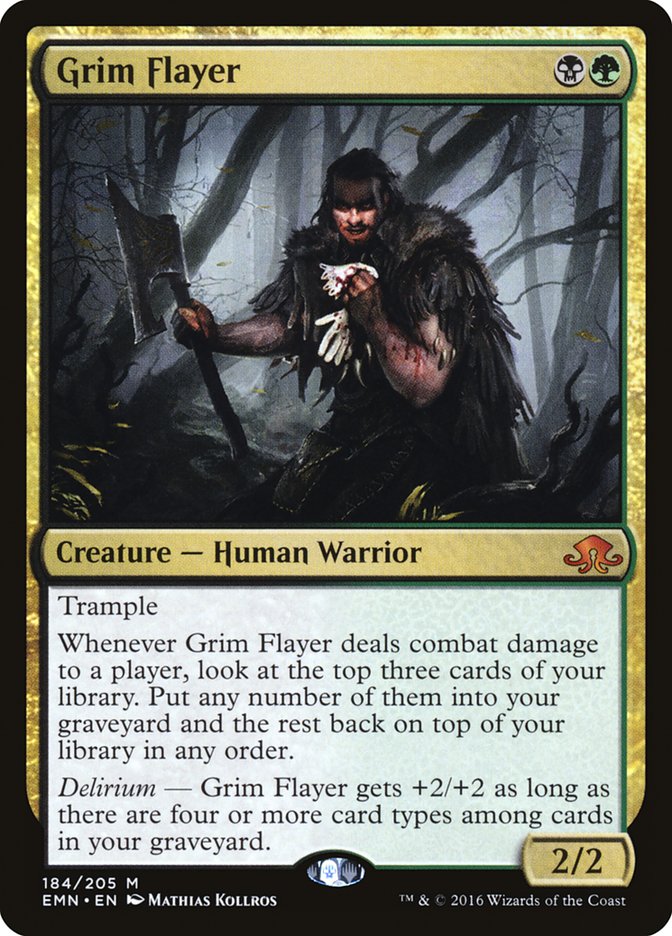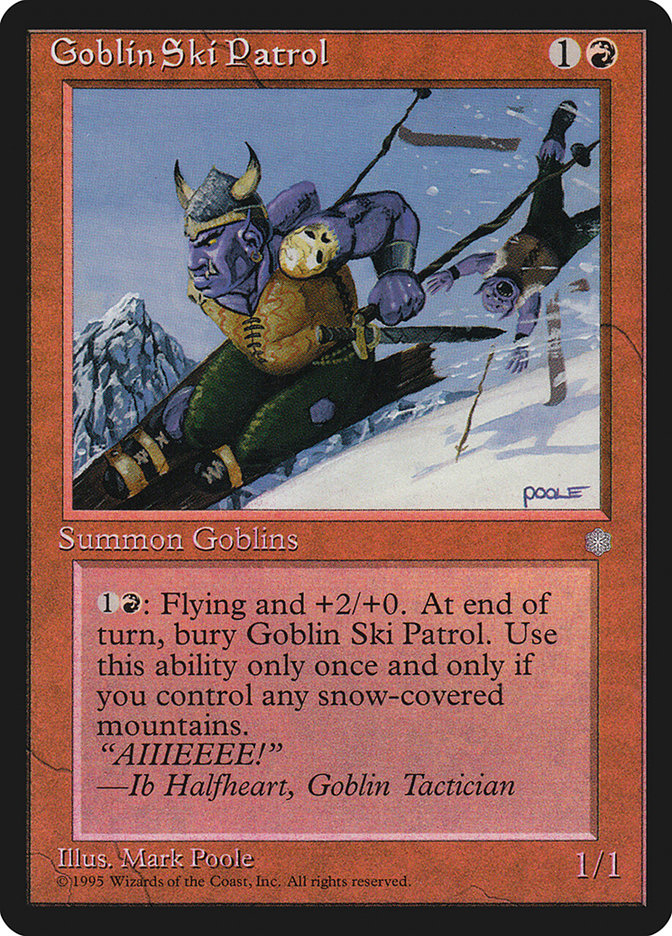This Standard format feels like the most “snowball-y” Standard format in a very long time.
What’s that you say?
“Jim, today is Thanksgiving! It’s not time for the winter holidays or snowmen yet!”
No, not that kind of snowman. Today we are going to discuss this snowman:
The concept of snowballing in Magic is a fairly simple one: Once one player has an advantage in a game, that advantage tends to get larger and larger until it becomes insurmountable. The visual of a small snowball at the top of a hill getting larger and larger as it plunges down is a good one. AJ Sacher wrote a good piece on the topic, and never has the concept been more applicable than the present Standard format.
With the overall power creep of creatures and planeswalkers over the last few years, the snowballing advantage in games of Magic has gotten more and more prevalent. You may have not thought about it in these exact terms before, but think about the last game you played against W/U Flash.
They opened up the game on a Thraben Inspector, an early creature you don’t want to waste a removal spell on that will provide them the card back later.
Turn 2 they deployed a Smuggler’s Copter, a difficult to interact with threat that will provide them with a very powerful advantage every time they are able to attack with it. It is difficult to interact with by using pure creature removal, as your sorcery speed removal is useless and your opponent can play around your instant speed removal by not activating it.
Turn 3 they used a Reflector Mage to bounce your Grim Flayer, further advancing their board while stifling yours. They also got to get in for some damage and better their hand with Smuggler’s Copter.
You’re already off balance, and turn 4 they drop Gideon, Ally of Zendikar and make a 2/2 Knight token. They now have three creatures in play, they have bounced one of your creatures, and they have two very difficult-to-interact-with card types in a vehicle and a planeswalker on the battlefield. Because you’ve already been hampered by Reflector Mage and are on the back foot, you’ve got no chance to be able to attack Gideon directly, meaning you are at the mercy of Gideon rumbling in as an unstoppable 5/5 the following turn.
It’s not hard to feel helpless after an opening like this.
Turn 4 Gideon, Ally of Zendikar on the play has been one of the most devastating openings in Standard since it was printed, and this type of snowball effect is the principle reason why.
It used to be that building a game state quickly was sometimes dangerous. If you overextended too hard, you would risk being caught up in a mass removal spell, like Supreme Verdict. Even if your opponent didn’t have mass removal, they would usually have removal that lined up well against your threats, meaning they could deal with them as they saw fit.
We are far past the point where answers are better than threats.
This is a big part of the reason why control has struggled so much in recent years. It’s very difficult to have the right answers, and when you don’t, the game often spirals wildly out of control. The modern-day threats are relentless, and they often end the game faster than a deck full of answers can find the right ones to recover. It’s not just that the threats are good or efficient, but that the advantage they create has such a big impact on how the rest of the game plays out.
Let’s look at some of the worst snowball offenders in the format.
No card snowballs better than Gideon, Ally of Zendikar.
Anyone who has played Standard in the last year knows the feeling. Your opponent has a good start, and you say a silent prayer to yourself on their turn 4 that they don’t have the Gideon too. Gideon is far and away the best aggressive planeswalker ever printed, representing a possible seven damage the turn after it enters the battlefield. The ability to churn out tokens or even just be a Glorious Anthem gives it a flexibility almost unmatched. This is further exacerbated by the fact that planeswalkers are quite hard to deal with at the moment, and even if you have one of the few clean answers in the format, like Ruinous Path, you’ve still had to spend your turn casting it and not answering the previous turns of threats, and your opponent still has a 2/2! The snowball is the size of a boulder, and you’re trying to melt it with a match.
The result of this is that it’s very hard to not be proactive in this format. If you can’t apply pressure to a player or their Gideon, or at least present a very powerful defense like Ishkanah, Grafwidow, you just can’t compete.
One of the other most omnipresent cards in the format, Smuggler’s Copter, is similarly punishing. While high in power level like Gideon, Smuggler’s Copter is even more flexible because of the wide variety of decks it can go in. While a primary piece in one of the top two decks in the format, W/U Flash, it is actually even better in decks like Mardu Vehicles and B/R Zombies because of how much more synergistically they can use it.
The big reason why Smuggler’s Copter is so good is much the same reason why Gideon is so good— it is extremely hard to interact with. You must have instant speed removal that can deal at least three damage, and you must leave mana open for it and not develop your own board. Then, if your opponent is shrewd, they can just choose not to activate it and make you waste your mana while they use their turn deploying other threats.
Not every snowball card is a difficult to answer card type, as Grim Flayer is perhaps the most volatile of the bunch. An unanswered turn 2 Grim Flayer that is able to get its damage trigger on turn 3 swings a game in a major way. Not only does it smooth your draw for the next turn, but it almost instantly gets you delirium. This makes all your other cards better far ahead of schedule, as the usual cost for making delirium cards good is having to take a turn off to cast something like Vessel of Nascency.
Instead of taking a turn off to cast an enabler, you get a two-mana 4/4 you’ve already cast instead. This tempo gain is astounding and puts you far ahead of your opponent in those critical early turns. With your 4/4 already on the battlefield and delirium enabled, you are able to continue to make more plays that your opponent has to answer while they are already behind on answering your first undercosted threat.
Of course, the issue is getting Grim Flayer to actually live and then hit, which creates the volatility in the card. Sometimes it goes unanswered and runs away with the game, and sometimes it just dies or gets brickwalled and is just a Grizzly Bear.
While a much different card than Gideon, Ally of Zendikar, Liliana is another perfect example of why planeswalkers are the perfect snowball cards.
Once in play, planeswalkers create more of an advantage every turn for zero mana. Every time a player gets to activate a planeswalker they pull further ahead (either on cards or on the battlefield) while also getting to do other things with their mana. If a player is already behind and struggling to get back into a game, it is very difficult for them to get back into the game while also dealing with the offending planeswalker.
Liliana doesn’t directly threaten your opponent like Gideon does, but she provides battlefield control and then either card advantage or the threat of a looming ultimate. If you are behind in a game and need to also somehow answer a Liliana that is ticking up and threatening to ultimate and end the game, it is going to be very difficult. Likewise, if you are trying to get back in it and kill important creatures to crawl back into a game, Liliana means they can just recur that creature and cast it again immediately.
While not as powerful or as difficult to answer as the other cards on this list, Tireless Tracker is a textbook snowball card.
With a Tireless Tracker on the battlefield, every land you play nets you another card. The more cards you draw, the more lands you have, and the most lands you have to play, the more cards you can draw. It’s easy to see how this process is going to go, as you are going to end up with a bunch of lands on the battlefield and cards in hand. All the while, the Tireless Tracker is also getting larger and larger, to either defend, attack planeswalkers, or simply kill your opponent.
The only difference is that Tireless Tracker is by far the most fragile of the bunch, as it is much easier to answer than the others.
So aside from being cards that snowball well, what do all of these cards have in common?
Creatures (15)
- 2 Pilgrim's Eye
- 3 Mindwrack Demon
- 1 Tireless Tracker
- 1 Emrakul, the Promised End
- 3 Ishkanah, Grafwidow
- 4 Grim Flayer
- 1 Noxious Gearhulk
Planeswalkers (4)
Lands (23)
Spells (18)

Creatures (19)
Planeswalkers (4)
Lands (25)
Spells (12)

Oh yeah.
They’re all key cards in the best two decks in the format.
W/U Flash is a terrifying deck because of how well it can both snowball or play a more reactive game. Some games will be slower affairs containing a mix of counterspells, Stasis Snares, and Archangel Avacyn, while other games will be curve out snowballing blowouts.
B/G Delirium is a terrifying deck because, while it can snowball itself with a fast Grim Flayer draw, it is also very good at putting a stop to an opponent’s progress with Ishkanah, Grafwidow. Not only can it snowball well and stop snowballing well, but it also has the ultimate end game in Emrakul, the Promised End.
The third big deck in the format comes in the form of the various flavors of vehicles decks, which all also rely heavily on Smuggler’s Copter and Gideon as well.
So what’s the overall result of all of this?
This format has a lot of blowouts. While there are certainly back and forth games, there are also a lot of games where one player stumbles, the other casts Gideon, Ally of Zendikar on curve, and the game ends three turns later.
As a player, this means we need to adjust how we our playing our games in a few ways:
Mulligan Smarter
Keeping a loose seven-card hand is a very easy way to let a game get completely out of control. If you don’t have a good proactive hand or a number of good answers in your hand, don’t be scared to ship it back. There are plenty of four-land, three-spell hands in this format that will get completely run over without offering much resistance.
Prioritize Getting on the Battlefield
When given the chance, it’s usually best to make the play that best advances your battlefield. Unspent mana is a disaster, and being able to start your turn with a threat or two already out and mana untapped puts you at a good advantage.
Get Under Your Opponent
Cards like Gideon and Smuggler’s Copter don’t play defense very well, which means that if you can get under them and build a reasonable board before they come down they will be much less effective. This can also put your opponent on the back foot because they are stuck trying to defend with their proactive cards, and you can parlay that into a snowball of your own.
Have a Plan for Ishkanah
Ishkanah, Grafwidow is the premier snowball roadblock in the format, and you must have a plan for getting through her and her minions before Emrakul, the Promised End comes to town. With a distinct lack of good burn spells in the format, the best ways to do this are Key to the City, Thalia, Heretic Cathar, counterspells to prevent her from entering the battlefield, or having a plan like Aetherworks Marvel that goes over the top of her in a unique way.
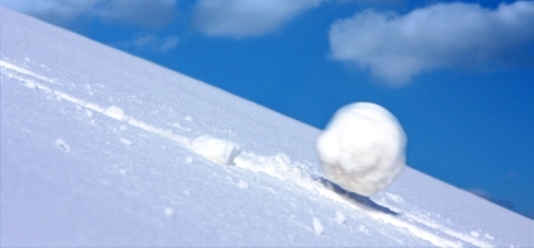
Conceptualizing the idea of how a game can snowball can put you in the right mindset for the format just by considering it in your game play choices.
Some other powerful snowball cards across all formats:

Being able to recognize cards that are going to get out of hand quickly is an important skill in understanding how to avoid falling behind. Once you’ve recognized the threat of a game getting wildly out of control, you can begin to ask yourself questions that can help mitigate the problem before it happens.
Are you making plays that help to develop your battlefield?
Are you making plays that allow your opponent to gain control of the battlefield faster than you can keep up?
Are you recognizing spots where things are starting to get out of hand and doing what you can to minimize them?
These things require foresight and are not easy. You must build your deck, keep your hands, and play your games with all of these things in mind. But having a plan and having an idea of what you want to do and what you want to avoid is a great way to start.
Challenge Thursday
A few weeks of travel has put Challenge Thursday on hold, but tonight we return for some late night Turkey Day Challenge Thursday action!
Nicole and I will be going live around 9pm, so after you’ve gotten your fill of turkey come hang out with us! We will be doing some sort of special themed challenge for Thanksgiving, so there will be no vote this week.

